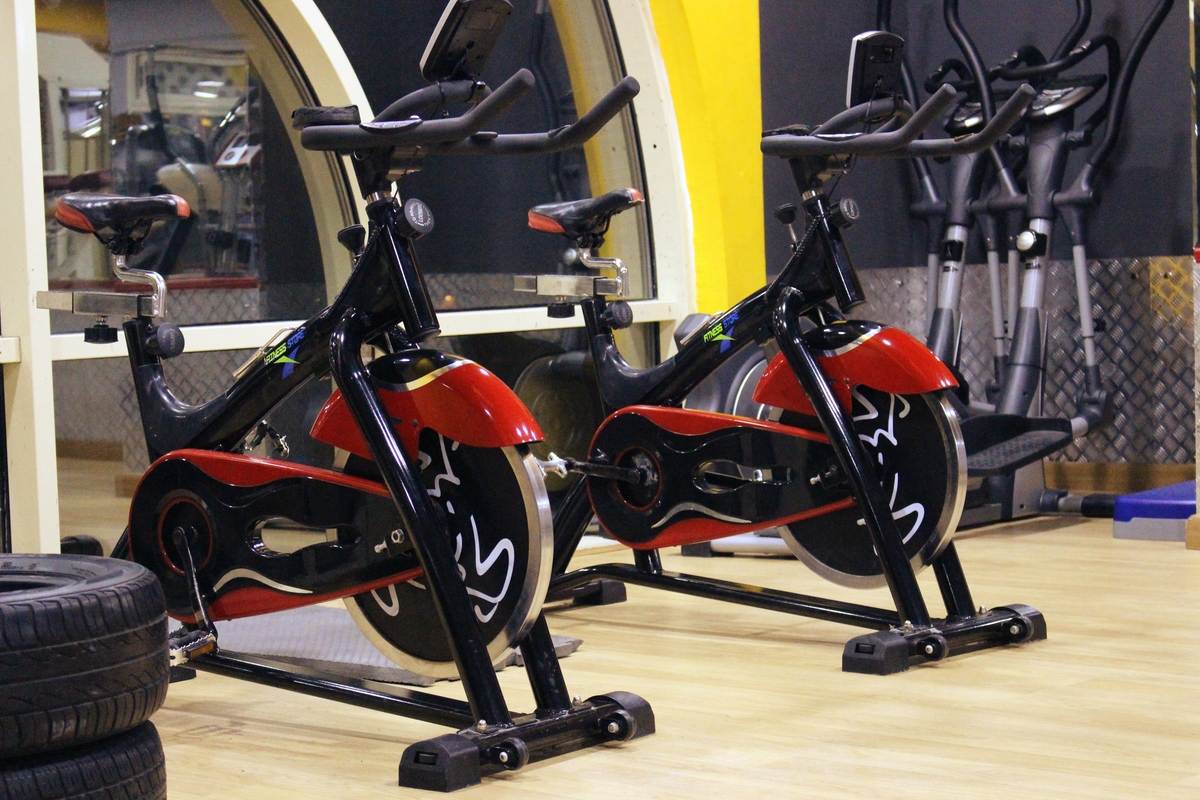in Disability by Exercise Right
Bardet-Biedl syndrome (BBS) is a rare genetic condition that affects several body systems, including the kidneys, eyes, and genitalia. People with BBS often have an intellectual disability and may be born with extra fingers or toes. They are also prone to developing abdominal obesity – a condition where fat is deposited mostly around the abdomen (rather than on the arms or legs). People born with BBS are usually a normal weight at birth, but rapidly gain weight in infancy.
Children and adults with BBS often need support from a team of healthcare professionals – including Accredited Exercise Physiologists (AEPs) – to maintain good health and optimal quality of life.
WHY IS EXERCISE IMPORTANT FOR PEOPLE WITH BBS?
Overweight and obesity, common features of BBS, are linked with a higher risk of developing several health conditions, including heart disease, type 2 diabetes, some cancers, stroke, high blood pressure and joint problems, among others. Abdominal obesity, in particular, is associated with metabolic changes that can increase the risk of cardiovascular disease. It is estimated that up to 45% of people with BBS have type 2 diabetes.
Furthermore, excess weight can further complicate problems with the heart and blood vessels seen in some people with BBS. These include early stiffening of the heart valves and heart defects that can lead to irregular heart rhythms.
Exercise plays a crucial role in maintaining healthy heart and circulatory function. Exercise also supports a healthy metabolism, helping to reduce the risk of developing metabolic disorders such as type 2 diabetes. Because people with BBS are already prone to these problems, exercise is especially important for maintaining health and reducing disease risk.
Exercise can also help with the neurodevelopmental difficulties that affect some people with BBS, such as problems with coordination and motor skill development.
Additionally, children and adults with BBS often don’t get enough sleep. Lack of sleep is linked with overweight and obesity, chronic kidney disease and increased cardiovascular risk. Exercise has been shown to improve sleep quality and quantity.
Research into exercise for people with BBS is very limited. However, AEPs understand the condition, how it affects the body, and how to design exercise interventions tailored to each person’s needs, lifestyle and preferences.
WHAT TYPE OF EXERCISE IS BEST?
BBS affects each person differently and symptoms vary from one individual to another. An AEP can create an exercise program that is safe and beneficial for you or your child. This will usually include different types of exercises and training of support people where needed.
Aerobic exercise
Aerobic exercise is any activity that gets the heart pumping and raises your breathing rate. Regular aerobic exercise helps to condition the heart and lungs and maintain healthy metabolic function. It also assists with weight loss and/or maintenance. Moreover, it triggers the release of mood boosting chemicals that can alleviate symptoms of anxiety and depression, which affect some people with BBS. Examples of aerobic activities include walking, cycling, swimming, boxing, dancing and many team sports. People with BBS frequently have vision loss and foot problems, so they may need adaptive equipment (such as an adapted stationary bike or specialised shoes) or support to do aerobic exercises.
![]()
Resistance exercise
Resistance exercises help build or maintain muscular strength and endurance, which is important for optimal physical function. Muscles use energy, so building or maintaining muscle mass also helps with metabolism and weight management. Examples of resistance exercises include activities using weights, resistance bands, or body weight to strengthen muscles.
Motor skill and balance training
BBS can cause problems with balance, co-ordination and the development of fine and gross motor skills. Specific exercises might be prescribed to help with these.
Training support people
People with BBS may need assistance to exercise. For example, children will need help from their parents or caregivers to do exercises that help with motor skill development. Children or adults with low vision may need support to access community exercise facilities or participate in team sports.
Building the capacity of support people helps ensure people with BBS can achieve adequate physical activity levels to reach their health goals, while reducing the need for assistance from healthcare professionals.
GUIDANCE FROM AN ACCREDITED EXERCISE PHYSIOLOGIST
People living with BBS have complex and varied needs, including health issues which can impact their ability to exercise safely and effectively. It’s therefore important to seek guidance from an AEP before embarking on an exercise program.
For example, heart defects can cause irregular heart rhythms which may be dangerous. Intellectual disability, visual problems and hand and foot abnormalities may impact the ability to perform some activities or necessitate adaptive equipment.
Your AEP will consider these factors and create a program tailored to your (or your child’s) function, goals and activity preferences. It will be modified in accordance with any changing needs and circumstances. Where needed, it will include training of supports to ensure exercise forms part of a healthy lifestyle.
READ MORE LIKE THIS,


